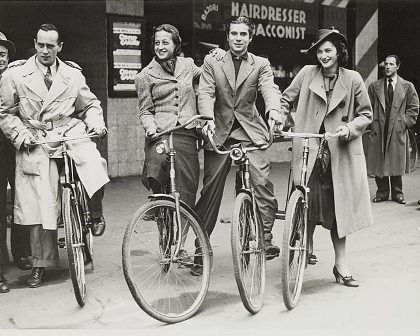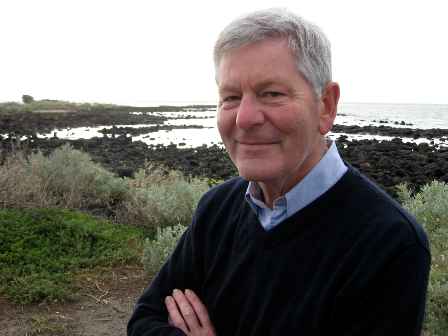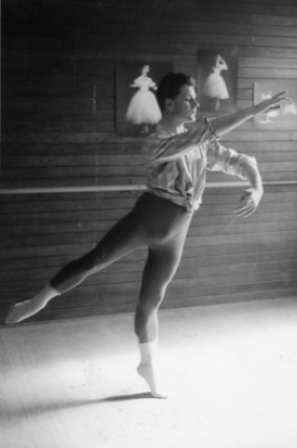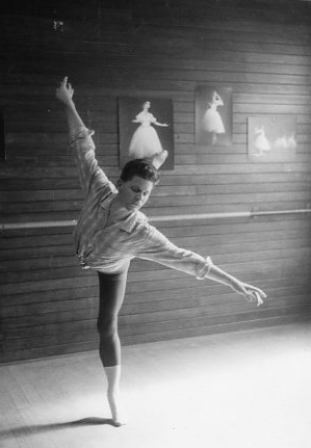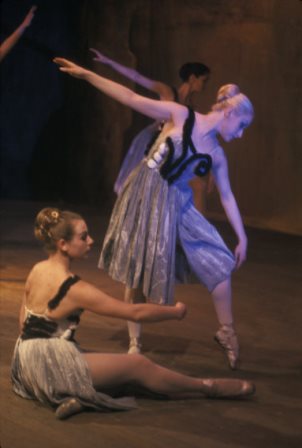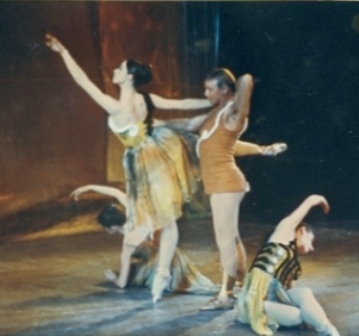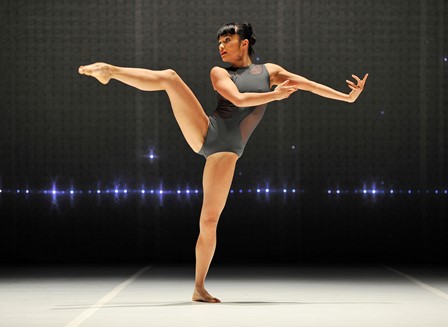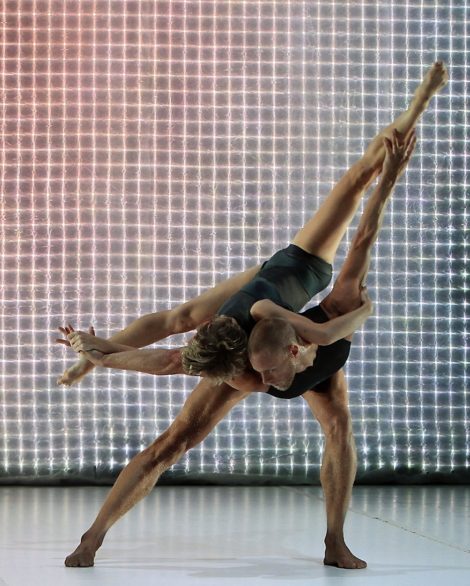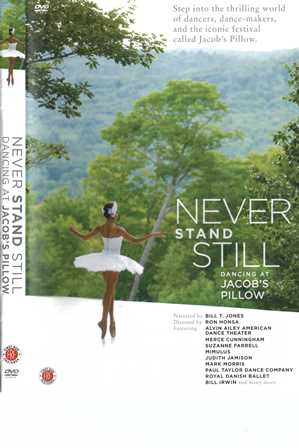
I finally got round to getting myself a copy of the DVD Never stand still: dancing at Jacob’s Pillow. And I’m so glad I did. What is particularly satisfying about this DVD documentary is that there is no promotion of a particular company or a person and no media hype. It’s simply about dance in its many and varied forms. ‘Dancing is direct and honest,’ says Mark Morris, one of the several illustrious interviewees appearing on Never stand still. And that’s what we get: direct, honest and simply beautiful dance.
A few sections particularly stood out for me, although others will have their own favourites I am sure. I especially enjoyed segments featuring Mark Morris and his dancers, perhaps because those works of his I have seen recently have not impressed me to any great extent—Beaux danced by San Francisco Ballet and Pacific from Houston Ballet, both of which I saw earlier this year, left me feeling underwhelmed. Never stand still has some lovely footage from Morris’ Italian Concerto and Love Song Waltzes and a brief look at a work called Falling Down Stairs, which Morris made in conjunction with cellist Yo-Yo Ma, whom we also see on the DVD. The excerpts from these works show quite clearly what Morris is best known for, his astonishing musicality. And Morris is a forthright and articulate speaker in his interview segments.
I was also especially taken with Shantala Shivalingappa, a solo Kuchipudi dancer born in Madras and raised in Paris. What an amazingly expressive body she has and how she uses it to her advantage. Every movement fills the space and she seems to linger a little at the high point of each movement before seamlessly continuing to the next.
Segements featuring Suzanne Farrell speaking about her transition from Balanchine ballerina to company director make interesting viewing as do excerpts from Balanchine ballets she has set on her own company. Natalia Magnicaballi, a principal with Suzanne Farrell Ballet, is startlingly good in the lead in Tzigane.
Gideon Obarzanek makes an appearance and there are excerpts from his work I want to dance better at parties performed by Chunky Move. I also loved the all too brief footage from Bournonville’s Napoli courtesy of the Royal Danish Ballet, along with a brief discussion of the Danes making their first appearance in the United States at the Pillow at the invitation of Ted Shawn. Then there’s Paul Taylor, Merce Cunningham, Judith Jamison, tap, vaudeville…so much more.
Interspersed throughout the contemporary footage is rare archival material showing some of the early performances at Jacob’s Pillow along with an underlying narrative about Shawn and the founding of the this renowned festival, an annual event held at Becket, Massachusetts, in the beautiful surroundings of the Berkshire Hills. If you’ve been there it will bring back wonderful memories not just of the variety of dancing on offer, but of that glorious outdoor stage, those barns and the spectacular surrounding countryside. If you have not had the good fortune to be there Never stand still will make you want to pack your bags for 2014.
Never stand still is so worth watching and is available online at the usual places for quite a small amount of money, even with our dollar falling against the greenback. Watch the trailer below.
Michelle Potter, 26 August 2013
